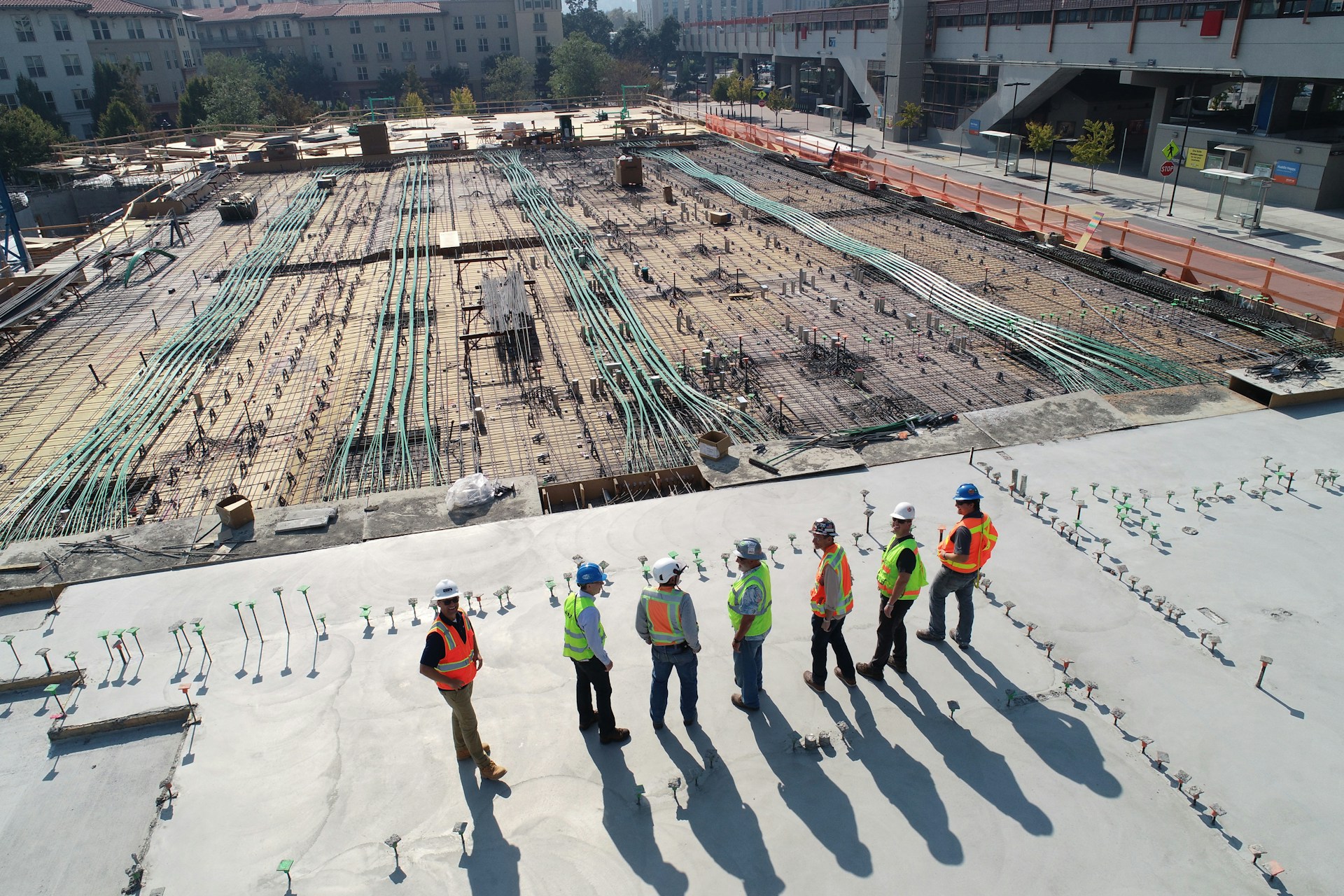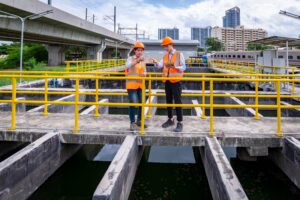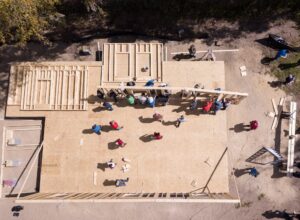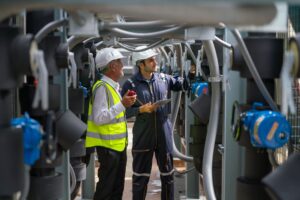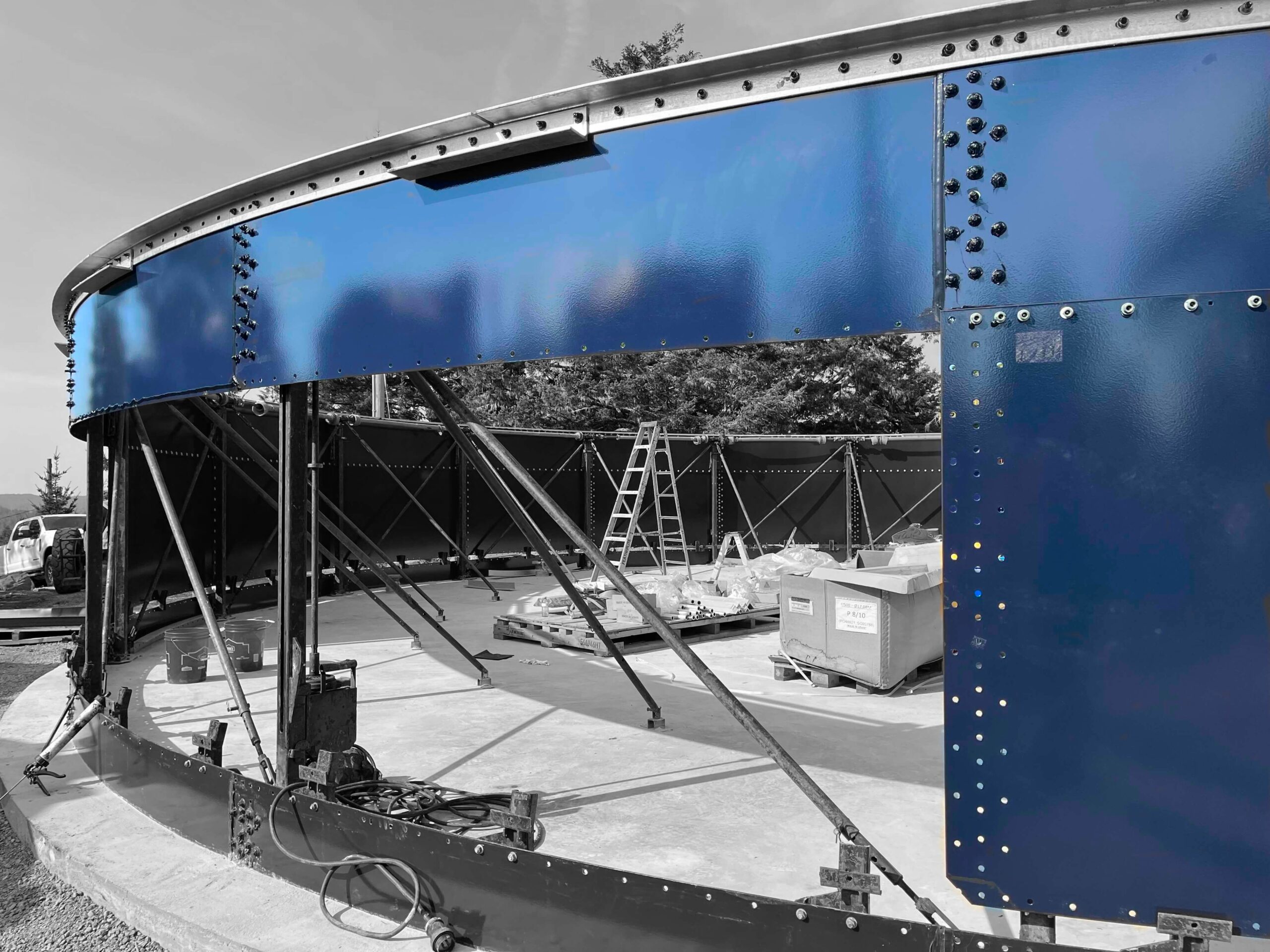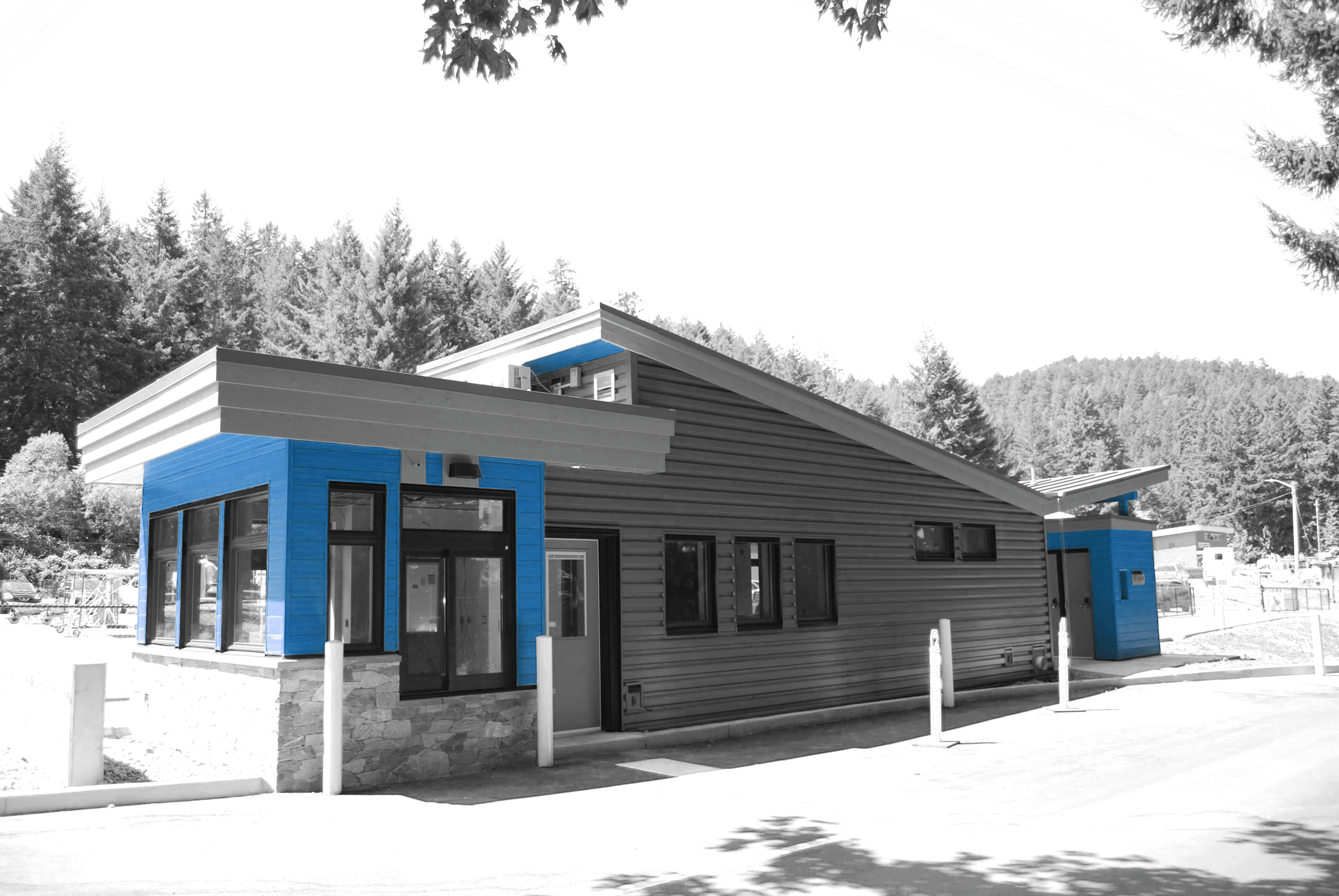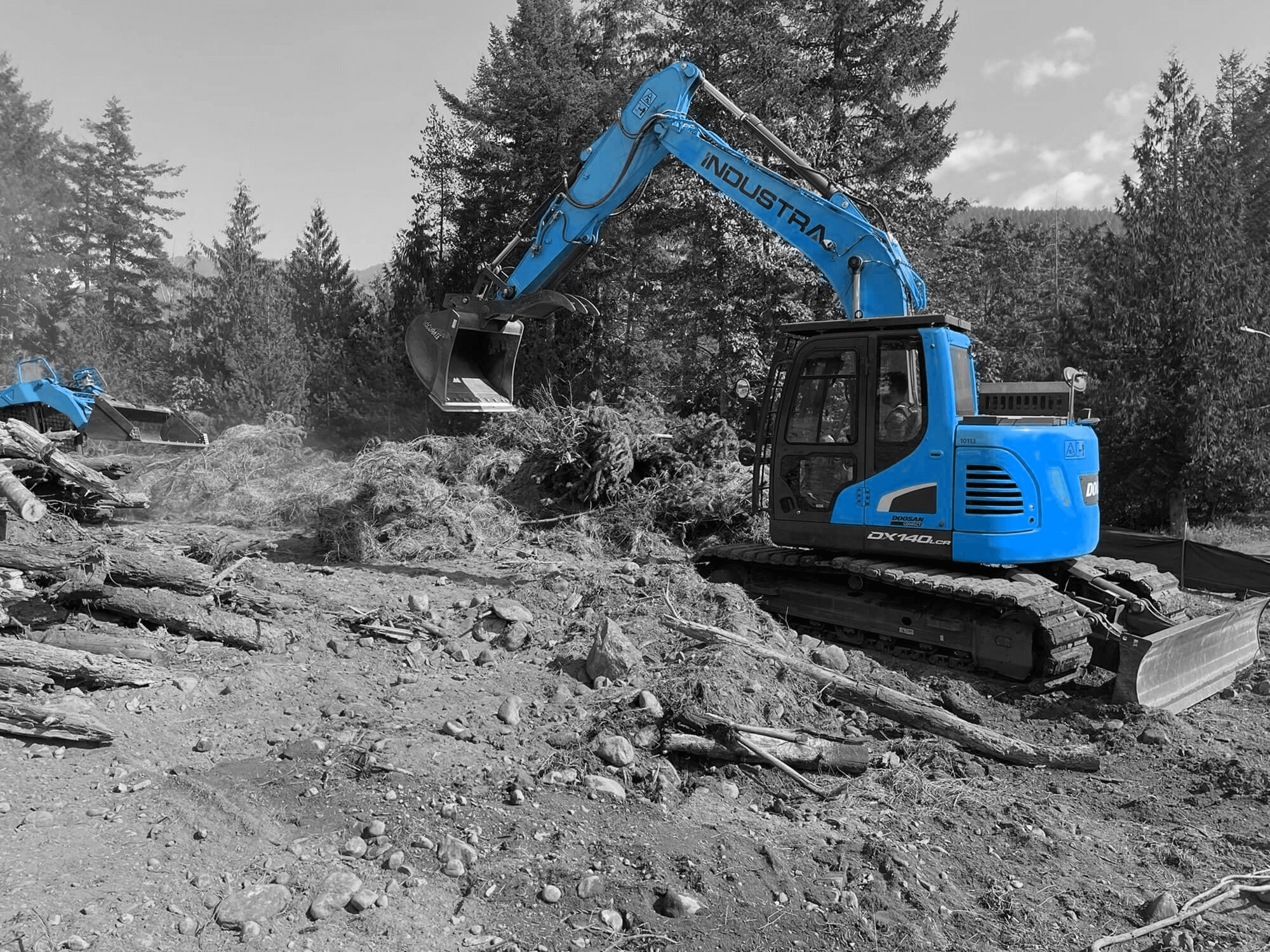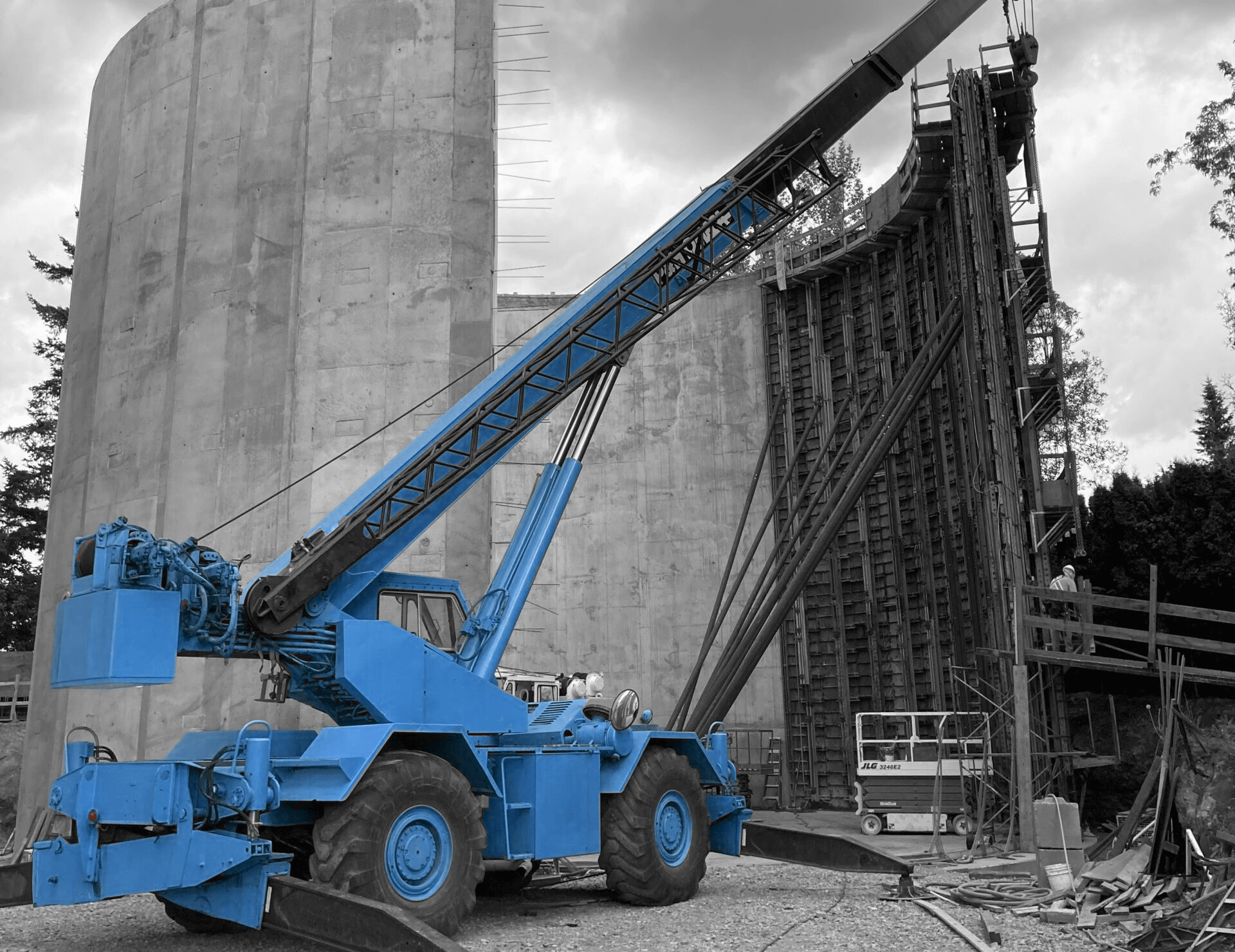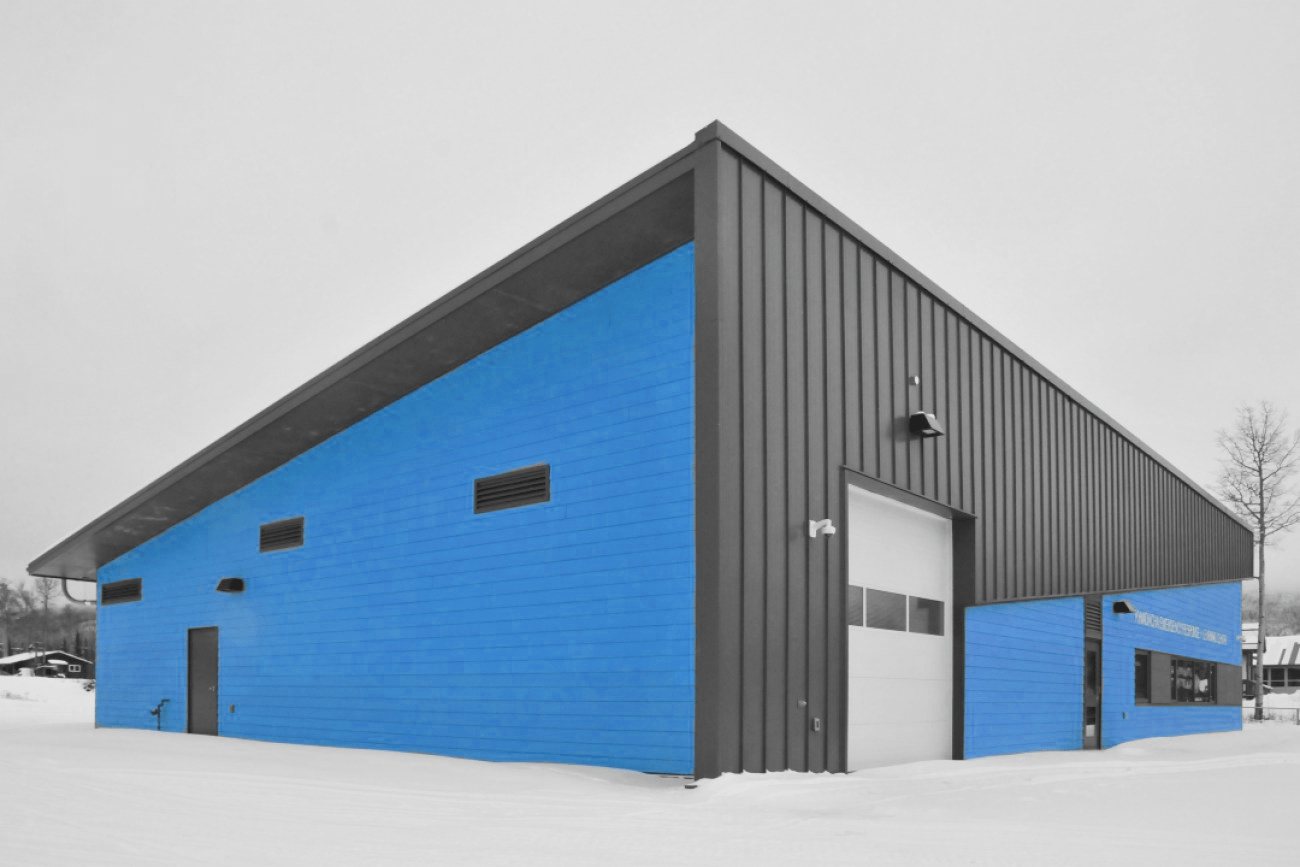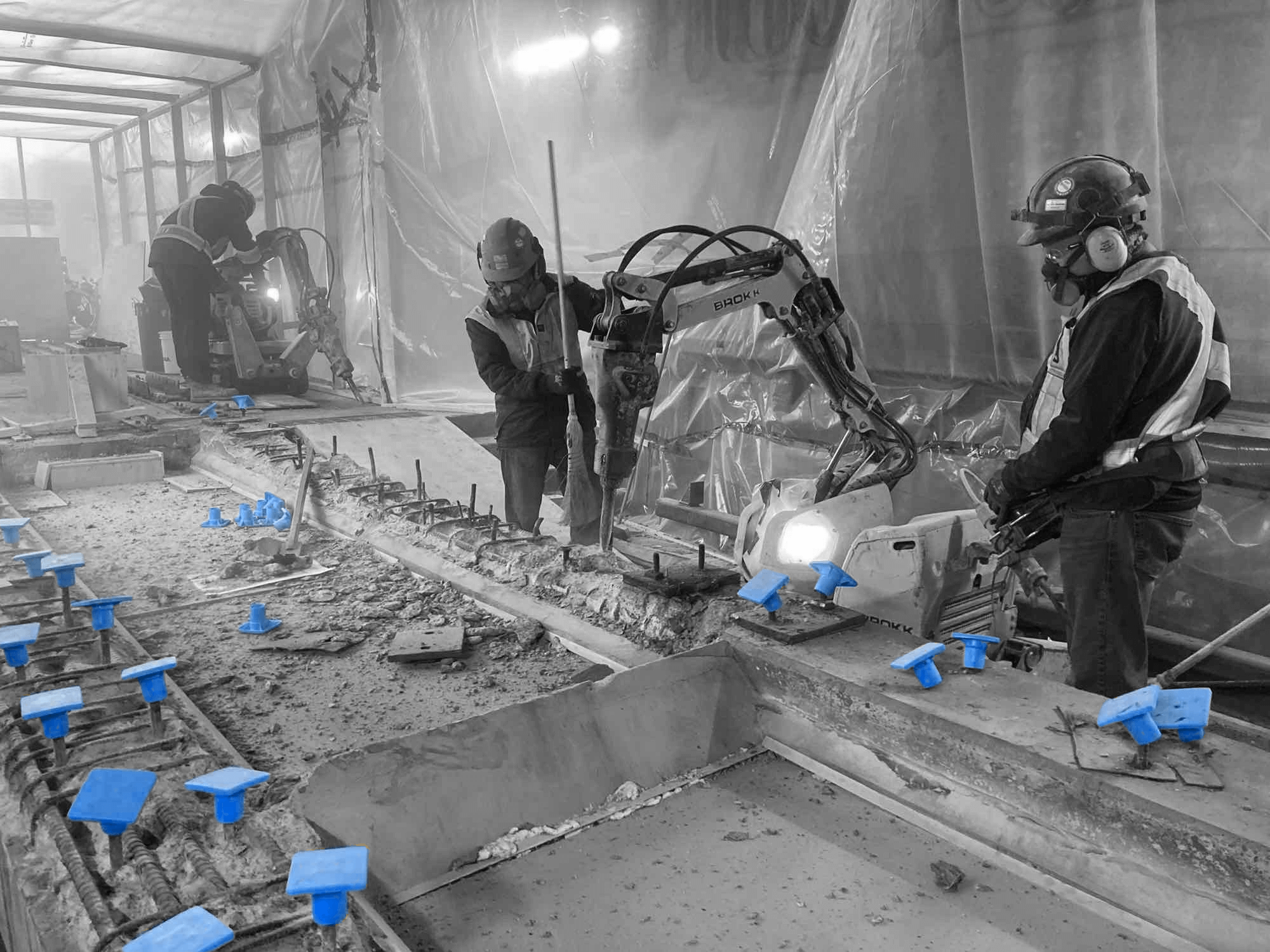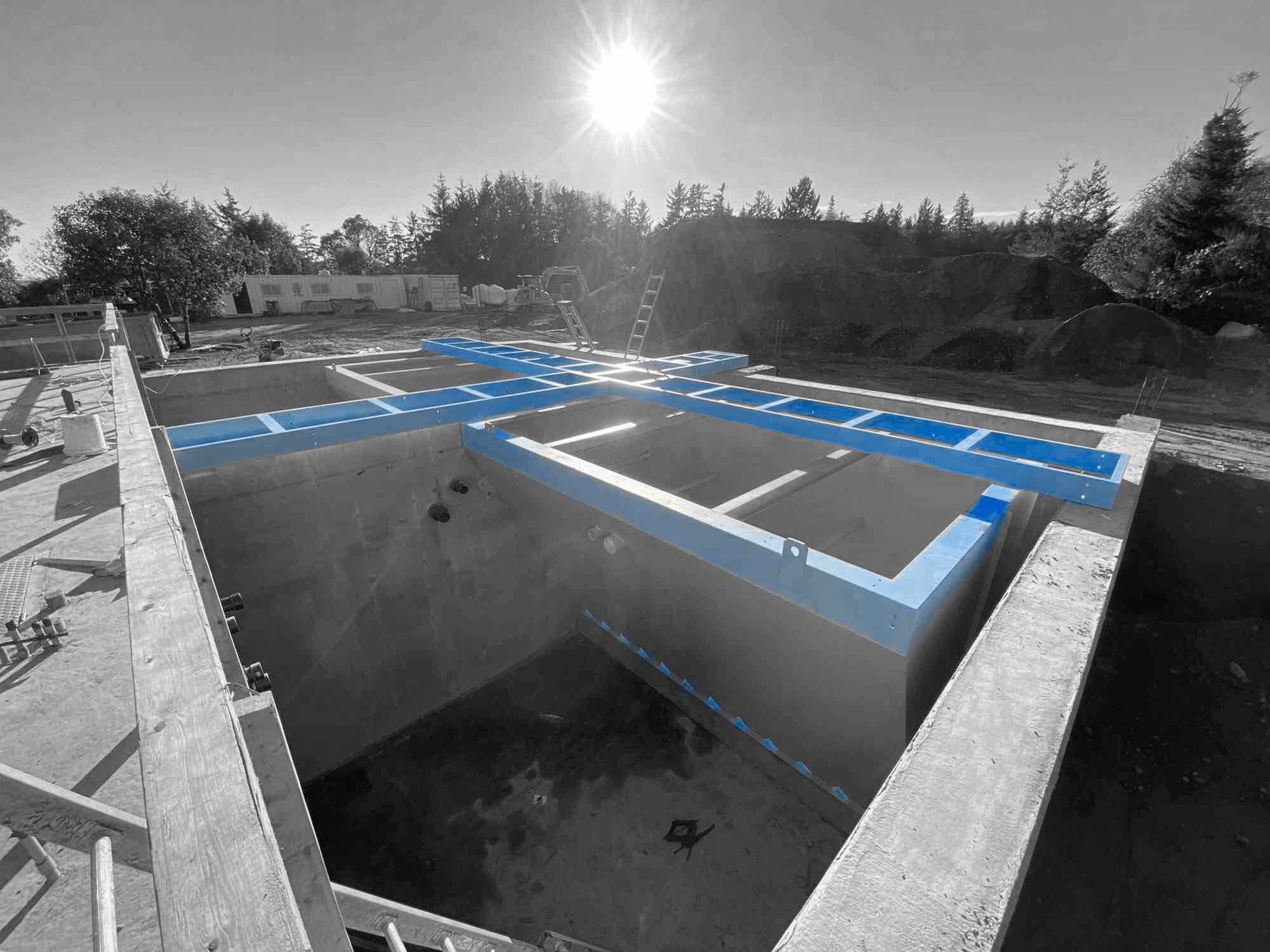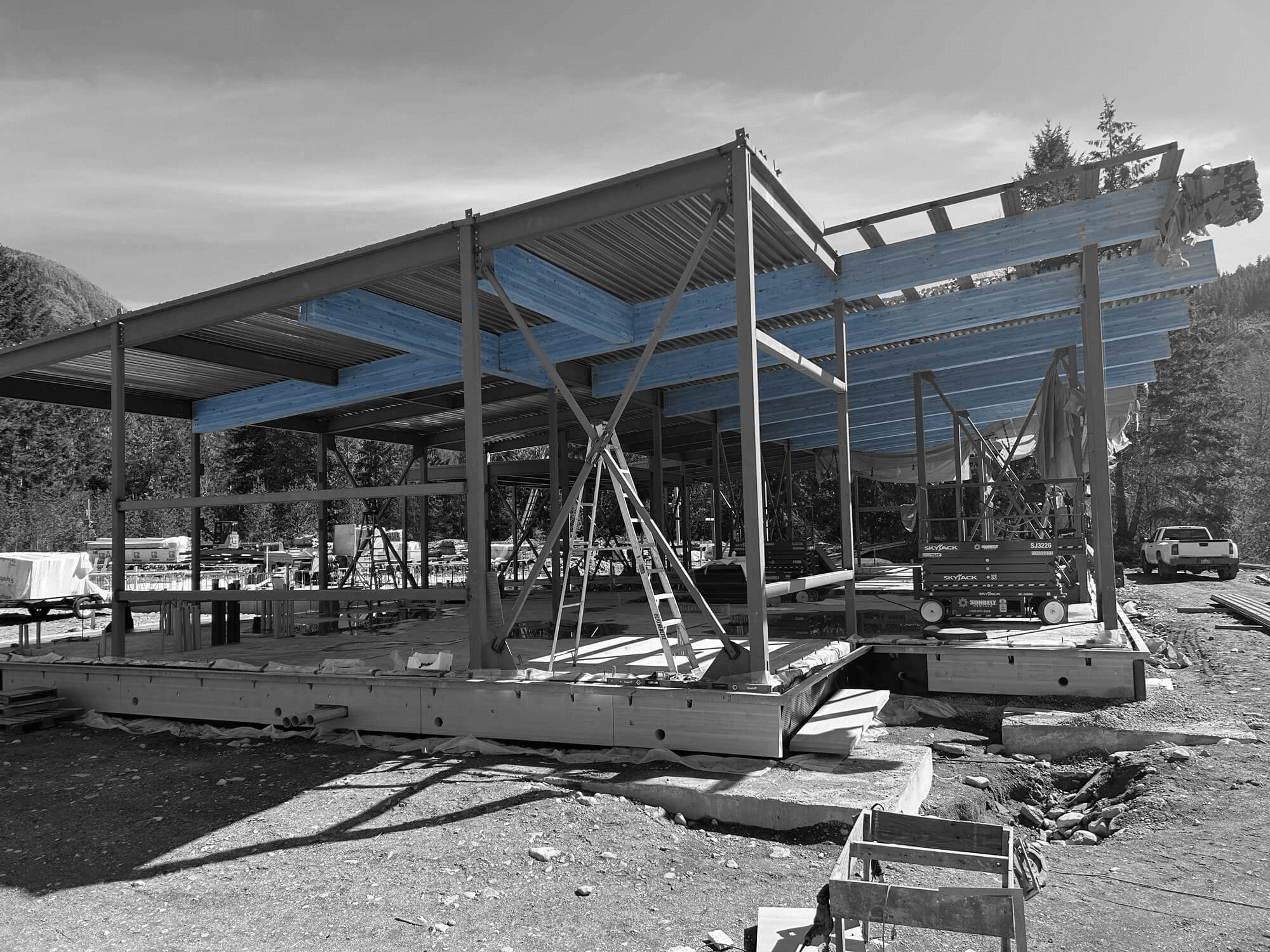Civil construction has been a backbone of urban development, creating the structures and facilities that support our daily lives. From roads and bridges to schools and hospitals, civil construction projects contribute significantly to the infrastructure that shapes communities. However, the demands and challenges facing this field have grown over time. The need for innovative solutions to tackle complex projects has never been more important. Innovations in technology and a drive for sustainability are transforming how civil construction tasks are approached, ensuring projects are efficient, eco-conscious, and safe.
In recent years, there’s been a noticeable shift towards employing new techniques that not only address existing challenges but also anticipate future needs. Civil construction now embraces methods that enhance productivity, reduce environmental impact, and prioritize the well-being of workers. These advancements are designed to adapt to varying project scales and requirements, ensuring that construction processes are both effective and progressive. Exploring these innovative solutions offers a glimpse into the future of the industry, opening pathways for developing sustainable and resilient infrastructure.
Innovative Techniques in Civil Construction
Recent developments in civil construction have seen the introduction of modern techniques such as prefabrication and modular construction. Prefabrication involves constructing building components off-site, which are then transported and assembled on-site. This method is beneficial in reducing waste, speeding up construction timelines, and minimizing disruptions at the building location. Modular construction, on the other hand, involves creating sections or modules of a building concurrently in a controlled factory setting. These modules are then assembled on-site, much like building with blocks, allowing for flexibility and efficiency in the construction process.
Implementing advanced technologies like Building Information Modeling (BIM) has also revolutionized the industry. BIM involves creating digital representations of the physical and functional characteristics of a project, allowing teams to visualize the construction process before any physical work begins. This approach enhances collaboration among architects, engineers, and contractors, leading to more accurate project planning and execution. The use of drones and 3D printing technology also plays a growing role in civil construction, offering new ways to survey sites and produce building components, respectively.
The benefits of incorporating these innovative techniques are significant. They lead to reduced project costs due to increased efficiency and less waste. Project timelines are often shortened, meaning facilities and structures can become operational sooner, benefiting communities and stakeholders. Furthermore, these methods open up new possibilities in design, allowing for more creative and adaptable construction projects that meet evolving needs. The continued exploration and application of these advanced techniques promise to reshape the landscape of civil construction in meaningful ways.
Environmentally Friendly Practices
The shift to environmentally friendly practices in civil construction is changing the landscape of the industry. Sustainable construction is no longer a fringe movement; it’s become a standard expected by communities and governments alike. Eco-friendly practices are critical as they focus on minimizing the environmental footprint of construction projects. For instance, incorporating recycled materials and developing energy-efficient designs can significantly reduce waste and resource consumption.
One popular method is using recycled steel, which reduces the need for energy-intensive production and cuts down on mining activities. Green roofs also come into play, offering insulation benefits and contributing to improved air quality. Incorporating solar panels into projects is another step toward sustainability, providing renewable energy and reducing reliance on fossil fuels. Construction sites can also adopt practices that limit water usage and implement systems to recycle water during the building process. By focusing on sustainable materials and construction methods, civil projects can contribute positively to environmental goals, creating buildings that are better for both people and the planet.
Safety Measures in Civil Construction
Ensuring safety has always been at the heart of civil construction projects. As techniques and projects become more complex, implementing advanced safety measures becomes even more important. Worker safety is prioritized by using protective gear and training workers extensively in safety protocols. Keeping everyone on-site safe requires a holistic approach incorporating both human practices and technological solutions.
Modern construction sites often employ safety technologies like wearable devices that monitor vital signs and detect potential hazards. Drones can survey sites from above to spot risks before they become problems, and automated equipment can reduce the need for workers to be in dangerous situations. Creating a strong safety culture requires commitment from everyone involved, from management to on-site workers. Regular safety drills and transparent communication channels are vital to maintaining awareness and readiness. This integrated approach ensures that safety is built into the culture of construction, reducing accidents and injuries.
Successful Civil Construction Projects in Surrey, Mississauga, and Ontario
Throughout Surrey, Mississauga, and Ontario, numerous civil construction projects have successfully integrated innovative solutions to tackle distinct challenges. These projects serve as blueprints for achieving efficiency and sustainability within the industry. One notable project involved a major highway expansion in Mississauga, which applied modular construction techniques. By assembling bridge components off-site, they managed to minimize traffic disruption and reduce construction time, showcasing the benefits of prefabrication in urban settings.
These projects illustrate valuable lessons in planning and execution. Key takeaways include the importance of early stakeholder engagement and the integration of technology early in the process. Effective use of technology like BIM has allowed teams to identify potential issues before they occur, leading to smoother project execution. These examples demonstrate how modern approaches not only enhance the efficiency of construction projects but also contribute to community development by delivering infrastructure that’s in harmony with its surroundings.
Moving Forward with Innovative Civil Construction
The future of civil construction lies in embracing further technological advancements and sustainable practices. As projects grow more ambitious, integrating cutting-edge technology will play an increasingly pivotal role. Staying updated with the latest trends and continuously learning from past projects is key to future success.
As urban areas expand, the push for advances like autonomous machinery and advanced analytics will guide decisions in real time, improving outcomes and efficiency. Encouraging collaboration between technology providers and construction professionals will ensure that the solutions developed are practical and scalable. By leveraging these advancements, the industry can continue to meet the demands of growing populations while maintaining a focus on sustainability and safety. With thoughtful planning and execution, civil construction will keep paving the way for progress, creating resilient and sustainable infrastructure for future generations.
To maintain strong progress in your projects, it’s critical to keep up with the latest developments in civil construction. At Industra Construction Corp., we help you navigate these advancements, ensuring you’re implementing the best strategies for your needs. Learn more about civil construction and how innovative solutions can enhance your projects. Let us support your journey toward efficient and sustainable infrastructure.


